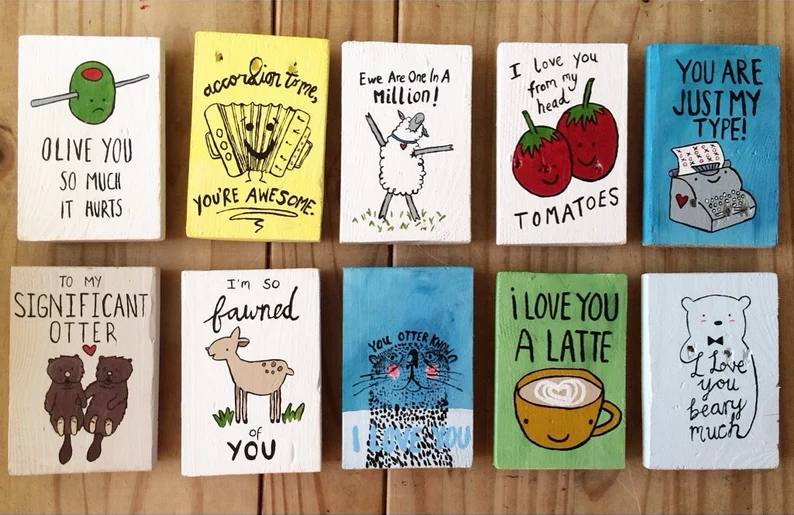Creative Nonfiction
Word Play: Examples of a Play on Words
It goes without saying that writers are drawn to language, but because we love words so much, the English language is filled with word play. By interrogating the complexities of…
Read MoreRevising and Editing for Creative Writers
Want to learn more about revising and editing? Check out our self-paced class The Successful Novel, which gives you the tools to write, revise, and publish the novel waiting to be…
Read MoreWhat is Theme? A Look at 20 Common Themes in Literature
When someone asks you “What is this book about?”, there are a few ways you can answer. There’s “plot,” which refers to the literal events in the book, and there’s…
Read MoreFlat Character vs. Round Character: Definitions and Examples
Every fictional person that populates books, movies, and plays falls into one of two categories: flat characters and round characters. Flat and round characters each fill important roles in works…
Read MoreRepetition Definition: Types of Repetition in Poetry and Prose
What is repetition? At its simplest, repetition is a word or phrase used multiple times in a text, for the purpose of emphasizing an emotion or idea. It might seem…
Read MoreIrony Definition: Different Types of Irony in Literature
What is irony? Well, it’s like rain on your wedding day. It’s a free ride, when you’ve already paid. ’90s radio is helpful here. Okay; but what is irony? It…
Read MoreGet Back to the Book
About the Author: Donna Levin is the author of Extraordinary Means (William Morrow), California Street (Simon & Schuster) and the recent best-seller, There’s More Than One Way Home (Chickadee Prince Books 2017). Her new novel, He Could…
Read MoreWhat is the Plot of a Story?
The plot of a story defines the sequence of events that propels the reader from beginning to end. Storytellers have experimented with the plot of a story since the dawn…
Read MoreImagery Definition: 5+ Types of Imagery in Literature
What is imagery? Take a moment to conceptualize something in your mind: an object, a sound, a scent. Transcribe whatever you think about into language, transmitting to the reader the…
Read MoreLogical Fallacy Definition: List of Logical Fallacies
A logical fallacy occurs when someone tries to persuade you with a faulty argument. Sometimes, logical fallacies are innocuous: the writer has a good argument to make, it was just…
Read More









